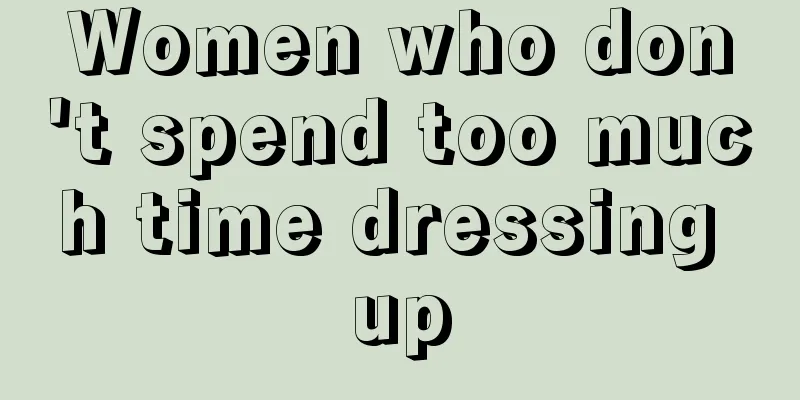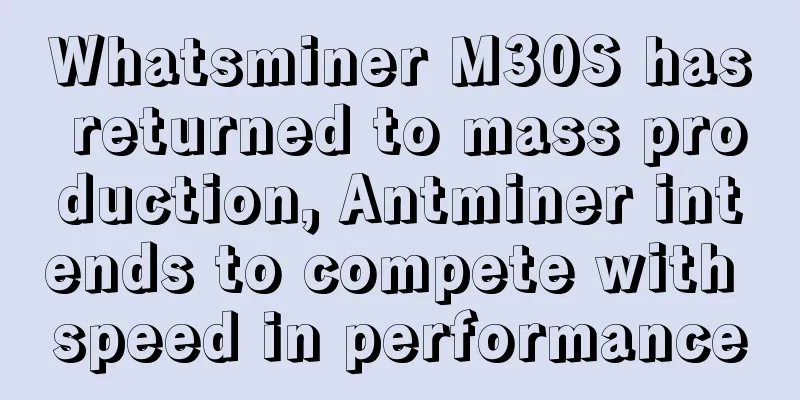Popular Science | What is the sharding mentioned by Vitalik as the future of Ethereum scalability?

|
You may also know that a very important factor limiting the large-scale application of blockchain technology is performance , which is also one of the reasons why many traditional Internet practitioners are not optimistic about blockchain technology. So, how to solve the performance problem of blockchain? One of the solutions is sharding technology. What is Sharding?Sharding is a form of database partitioning, also known as horizontal partitioning, which divides a large database into many small, processable parts to improve performance and shorten response time. Sharding is not a new concept. It has appeared in traditional centralized database management as early as the late 1990s. The concept became popular thanks to Ultima Online, a multi-player online role-playing game. In this game, developers distribute players to different servers to ease traffic pressure (which means there are many parallel "game worlds"). In business, a common sharding case is to divide the database of user information by geographic location, putting user information in the same area together and storing it in a separate server. What is Sharding in the Blockchain Field?The blockchain is equivalent to a database, and each node is equivalent to an independent server. Under normal circumstances, only one of these nodes can obtain the right to record and produce blocks at a time, and the remaining nodes that do not obtain the right to produce blocks are equivalent to doing "useless work" and wasting computing power. If sharding technology is applied to blockchain, it is equivalent to decomposing all pending tasks in the blockchain network (such as confirming transactions, running DApps, etc.), and the nodes of the entire network are also grouped. Each group processes a decomposed task at the same time (such as 150 pending transactions). In this way, a single node handles all tasks of the entire network, and multiple groups of nodes process them in parallel. For example, suppose there are 8,000 nodes (miners) on Ethereum and there are 15,000 transactions to be confirmed on the entire network. Ethereum can process 7-15 transactions per second, and it normally takes at least 1,000 seconds to process all these transactions to be confirmed. Of course, new transactions to be confirmed will be generated during the processing. If sharding technology is used, the 8,000 nodes can be divided into 100 groups, each with 80 nodes, and the 15,000 pending transactions can be divided into 100 partitions, each with 150 transactions. Then, each group of nodes (80) can process the pending transactions (150 transactions) in their respective partitions in parallel, so that all 15,000 pending transactions can be processed in as fast as 10 seconds. From this example, we can see that sharding technology can greatly improve the performance of blockchain. Potential risks of sharding technologySo, does sharding technology have any flaws? The answer is yes. Although sharding technology can solve the performance problems of blockchain to a certain extent and make blockchain more scalable, it also has two defects. One is the communication problem between different zones after partitioning. In the above example, the Ethereum network is divided into 100 zones, each of which is independent, which is equivalent to 100 independent and parallel Ethereum blockchains, each of which is maintained and confirmed by a group of miners (80 nodes). These 100 independent Ethereum blockchains cannot communicate with each other. If they want to communicate, they will inevitably have to add a cross-partition communication mechanism (similar to chain collapse), which will increase the complexity of the blockchain and increase the difficulty of development. The second is the security of the blockchain. Using the above example, before sharding, the Ethereum network had a computing power of 8,000 nodes. After being divided into 100 partitions, each partition was equivalent to an independent Ethereum blockchain, and the computing power dropped to 80 nodes. At this point, it is much easier to conduct a 51% computing power attack on one of the partitions. By controlling a partition, the attacker can do evil in this partition and tamper with transactions. The Ethereum Foundation plans to use sharding technology as one of the upgrade contents of Ethereum 2.0. We will wait and see how Ethereum solves the above two defects of sharding technology. |
>>: Global Times, Mo Kaiwei: Don’t take chances with virtual currencies
Recommend
Blockchain: The most disruptive technology on Wall Street since the Internet
It has been seven years since the development of ...
How to read the meaning of lifeline in palmistry
The lifeline is one of the main lines in our palm...
Is a big nose good or bad in physiognomy? What is the fate of people with big noses?
In fact, many people think that a big nose is ugl...
Facial features of a strong woman
Facial features of a strong woman In today's ...
Does a man with no flesh on his cheeks have good fortune? Are you very sarcastic in your speech?
Speaking of fortune, I believe everyone is familia...
How to make up for pierced ears? Physiognomy analysis
Some people have good luck and some have bad luck...
F2Pool launches new version - the most powerful mining pool on the planet is here!
According to the official account of F2Pool F2Poo...
Where moles grow on the body indicates a busy life
Some people have no worries about life as soon as...
Are people with willow-shaped eyebrows gentle and stable?
People with a gentle personality are generally po...
How does physiognomy measure lips?
Lips are like the castle of the mouth and the gat...
What does Lianzhen entering the life palace represent?
Lianzhen is the fifth star of the Big Dipper. If ...
What are double phoenix eyes? What is the fate of people with double phoenix eyes?
What are double phoenix eyes? Double phoenix eyes...
Does a short lifeline on the palm mean a short life span?
The length of a person's life is closely rela...
If fraud occurs in personal digital currency transactions, does the platform constitute the crime of assisting information network criminal activities?
Author: Zeng Jie, a financial crime defense lawye...
A Few Things About Bitcoin, Blockchain, and ICOs
(one) Recently, many people were stunned by the r...









